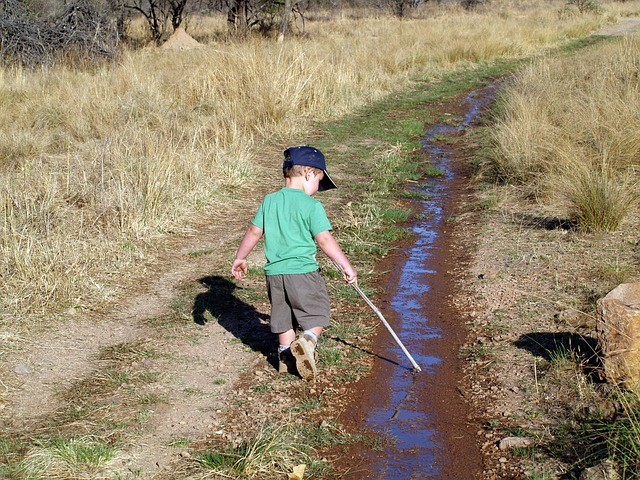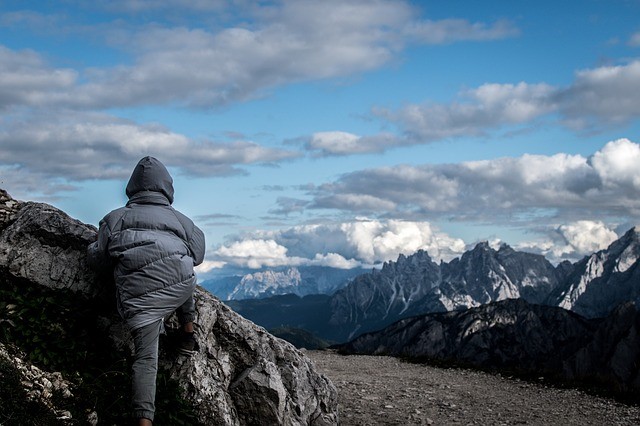This is a collaborative post and does not necessarily reflect the views and opinions of the author or this blog..
Most parents of children with autism will be familiar with one of the major calling cards of the condition: a tendency towards insular behavior. Children (and adults) with autism have a tendency towards over-focus, zooming in on a subject that interests them to the exclusion of everything else in the world.
Persuading your child to step away from this interest can be troublesome; it may even cause arguments. As a result, the idea of exploring the great outdoors with your children is troublesome both, for this reason, and for the fact that heading out on a hike or bike ride is a disruption to their routine– another issue that children with autism tend to struggle with.
And yet…
While persuading your kids to join you for a hike or bike ride might be a tough road, but it might be one you seek to walk anyway. The benefits of spending time outdoors among nature are legion, both for you and for your child. So while you may have to face down some disagreement to persuade your child to join you for a hike, it should be worth it.
Choose your method of outdoor exploration
There are two main ways you can explore the outdoors: on foot, and by bicycle.
For autistic children, your best bet is to explore on foot. Riding a bike can be fun, but can be tricky in situations where the terrain is not smooth and simple. On foot, your child can be tactile with the environment around them, both seeing and experiencing what is in front of them. If your child has a particular interest in textures — as is common in autistic children — then they will enjoy having the time to pause, examine a leaf, brush their hand over the grass. Riding a bike makes these interactions more difficult, so walking is probably your best bet.
Ensuring comfort
If you’re heading off on a hike with your autistic child, you’ll need all the usual hiking supplies (flashlight, map, water bottles), but also an extra focus on comfort. Autistic children have a tendency not to react to pain signals many of us would usually voice, so you’re going to have to take preventative measures. You can’t rely on being informed they’re in pain if they experience discomfort. Take time to think about suitable footwear, as well as compression socks– if you’re wondering why compression socks, it’s simply because they are more effective at encouraging blood flow to the feet, helping to prevent pain. Prevention is always better than cure when heading into the wild with autistic children.
Keep your hike duration short to begin with
The first hikes and outdoor exploration you engage in with your autistic child should be short and sweet. Around a half hour is enough to experience the benefits of being outdoors, but without having to worry about your child’s focus slipping and boredom developing.
As they adjust, and hopefully learn to love their time in the wild, you can progress slowly to longer and longer hikes.
With all of the above factors in mind, you and your autistic child should be able to experience the outdoors with minimal discomfort and maximum enjoyment– and you’ll both be able to reap the rewards of doing so.




